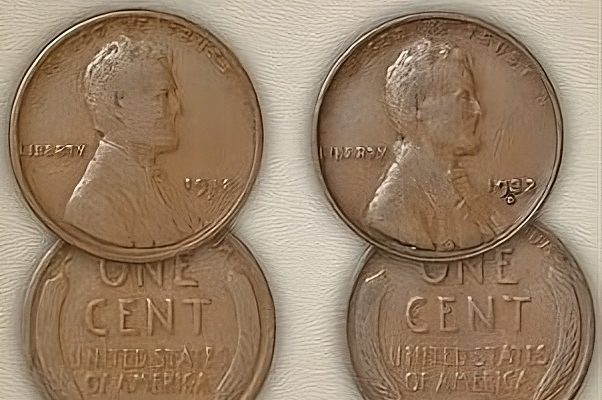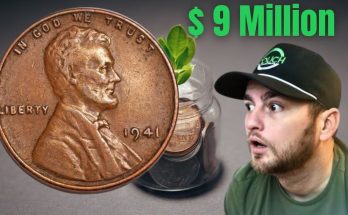If you’ve got a jar of old pennies sitting around or a few in your wallet from change, don’t be too quick to spend them. One of those Lincoln Wheat pennies might just be worth a small fortune—potentially as much as $1.2 million.
While most pennies are worth just a cent, certain rare versions of the Lincoln Wheat Penny have become highly sought after by collectors. The right year, mint mark, and error could turn a simple copper coin into a life-changing discovery.
What Is a Lincoln Wheat Penny?

The Lincoln Wheat Penny, officially called the Lincoln cent, was first minted in 1909 to commemorate the 100th anniversary of President Abraham Lincoln’s birth. It features two wheat stalks on the reverse side, hence the name.
The wheat penny was minted from 1909 to 1958, after which the design changed to the Lincoln Memorial on the reverse.
These coins were made mostly of copper, and during certain years, especially around wartime, the composition changed—giving rise to some extremely rare variations.
The Lincoln Penny That’s Worth $1.2 Million
One of the most valuable Lincoln Wheat Pennies ever discovered is the 1943-D Bronze Cent. During 1943, due to the demands of World War II, the U.S. Mint produced most pennies in steel coated with zinc to save copper for military supplies.
However, a small number of 1943 pennies were mistakenly struck using leftover bronze planchets—the same metal used in earlier years. These error coins weren’t supposed to exist, and only a few have ever been found.
Among these, the 1943-D Bronze Lincoln Wheat Penny, minted in Denver, is especially rare. In pristine condition, one of these sold for $1.2 million at auction.
How to Identify a Rare Lincoln Wheat Penny
So how can you tell if your penny is the lucky one?
Here’s what to check:
- Date: Look for 1943. Most of these pennies should be silver-colored (made from steel). If yours is a 1943 and it looks copper or brown, you might be onto something big.
- Mint Mark: A small “D” under the date means it was minted in Denver. The 1943-D bronze penny is the rarest and most valuable of its kind.
- Weight: A steel penny weighs 2.7 grams, while a bronze penny weighs about 3.11 grams. You’ll need a digital scale to check.
- Magnet Test: Steel pennies stick to a magnet. Bronze ones do not. If your 1943 penny doesn’t stick, take it seriously.
- Condition: Mint condition coins fetch the highest prices, but even a circulated one can be worth thousands if it’s the real deal.
Other Lincoln Wheat Pennies Worth Big Bucks
While the 1943-D Bronze cent steals the spotlight, several other Lincoln Wheat pennies are also incredibly valuable:
- 1909-S VDB: The first year of the coin, with initials of the designer (Victor David Brenner) on the reverse. Value can exceed $100,000.
- 1914-D: A rare low-mintage coin that can fetch $10,000+ in high grades.
- 1922 “No D” Penny: Coins from Denver that appear to have no mint mark due to a die error. Some have sold for over $20,000.
Don’t Spend It Just Yet
It might be tempting to drop that penny in a vending machine, but if you have an old Lincoln Wheat Penny, especially one from 1943 that looks copper, take a closer look.
You might want to get it professionally graded by coin experts or send it to a trusted numismatic organization like PCGS or NGC. If it turns out to be the real deal, collectors could be willing to pay a small fortune for it.
Final Thoughts
The next time you sort through your change jar, keep an eye out for those classic wheat designs. You never know — one simple coin could change your financial future.
After all, someone once found a $1.2 million Lincoln Wheat Penny hiding in a family coin collection. Yours could be next.



